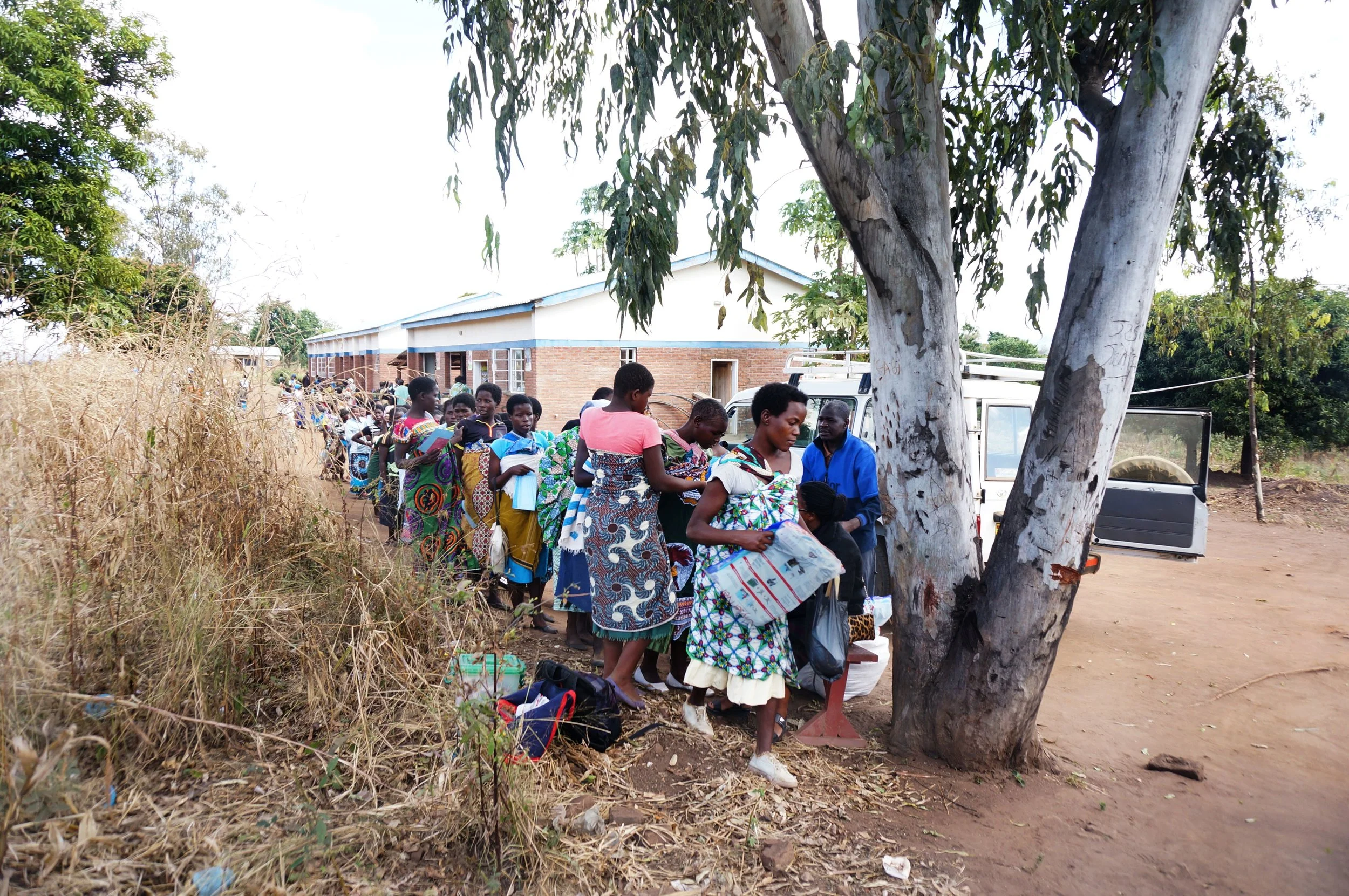TAMTAM distributes free bed nets to prevent malaria in cost-effective, high-impact, and evidence-based ways.
TAMTAM was founded in 2004 by development economists Pascaline Dupas, Carolyn Nekesa, and Jessica Cohen. Through their work in the rural district of Busia, Kenya, they came to realize that distributing bed nets would be one of the most efficient means to save lives and improve the health of mothers and their children. TAMTAM was born out of their desire to put this finding into action.
TAMTAM stands for “Together Against Malaria, Tunapenda Afya na Maisha.” (The Swahili means “We love health and living.”)
Cost-effective
We are a volunteer organization with zero personnel costs. For just $3.15 or less, we can provide a bed net to a vulnerable individual or household — an intervention that can reduce childhood mortality by 20 percent.
High-Impact
Based on recommendations by WHO and leading voices in the field, we follow a two-pronged approach:
Provide continuous distribution through health clinics, which reach especially vulnerable populations like pregnant women and children under five. Further, by collaborating with local healthcare providers, we can simultaneously facilitate other forms of preventive care.
Distribute bed nets to the entire population, covering as many sleeping spaces as possible to achieve near-universal coverage in a given region. By reducing the number of infected mosquitoes, we limit the spread of malaria to both protected and unprotected individuals.
Evidence-based
A number of studies confirm that insecticide-treated bed nets are highly effective at preventing malaria. TAMTAM distributes bed nets that comply with the WHO’s standards for insecticide-treated bed nets.
Other studies have shown that mass distribution, in combination with routine distributions of bed nets, can significantly limit the number of mosquitoes — and thus the spread of malaria — in a region. Insecticide kills many malaria-transmitting mosquitoes, while bed nets make it difficult for others to find their next meal. As a result, all major malaria organizations, as well as the WHO, follow the two-pronged approach described above.
TAMTAM's approach has also been under the microscope. One study in Kenya showed a high percentage of our bed net recipients actively using the nets. The same study showed significant increases in prenatal care appointment attendance and HIV testing among pregnant mothers. As a result, TAMTAM's program has proven to be extremely cost-effective, saving the lives of 18 babies per 1000 pregnancies.
Another randomized evaluation of TAMTAM’s Kenya program found that in terms of lives saved without a meaningful drop in bed net use, TAMTAM’s free distribution platform was clearly superior to cost-sharing schemes.
And two randomized control trials TAMTAM conducted in Uganda showed that community health workers hanging nets in recipient homes boosted short-term net usage by 30 percent, confirming that “hang-up” campaigns can be a highly cost-effective approach to encourage net usage.

